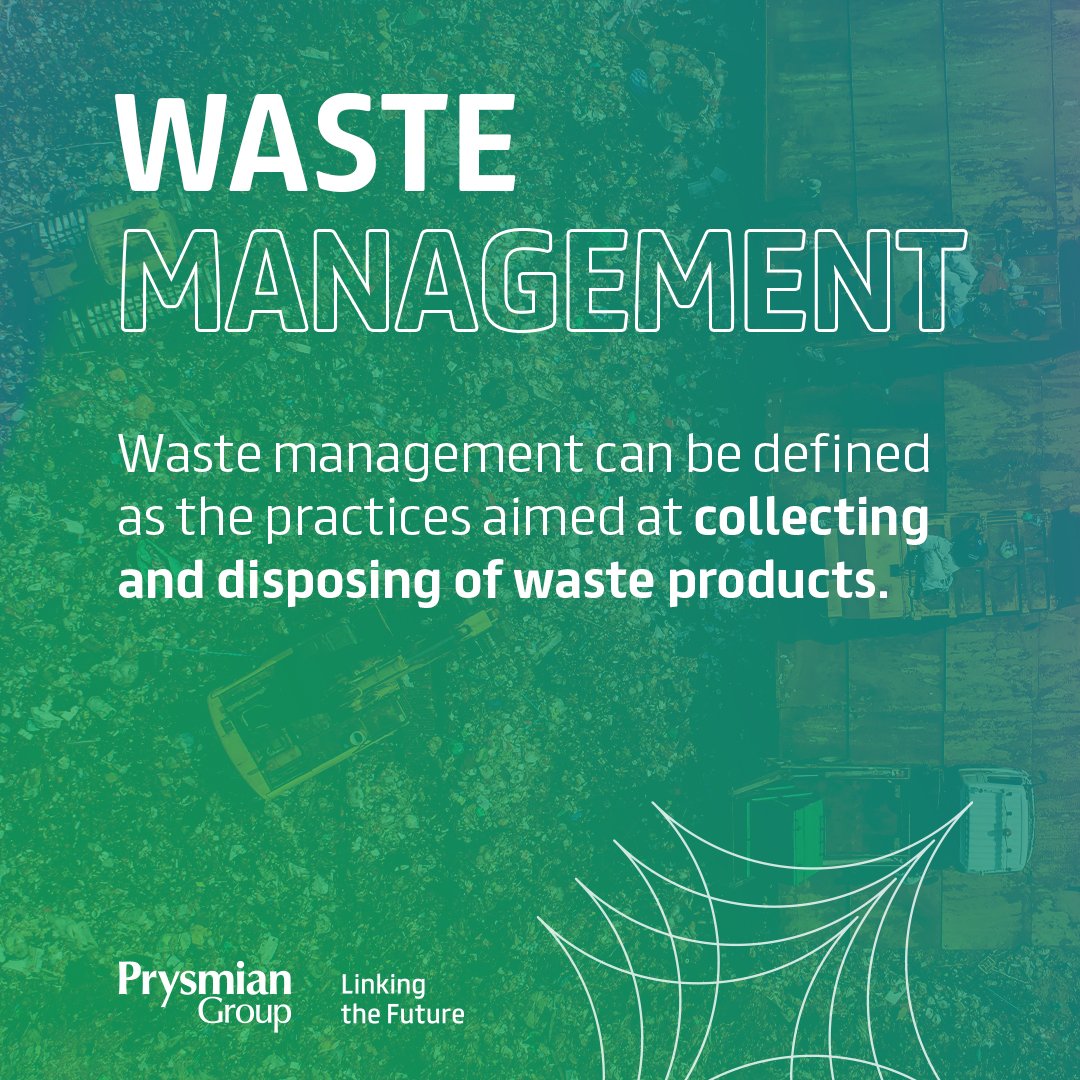Our Reclaim Waste Ideas
Table of ContentsThe Facts About Reclaim Waste RevealedThings about Reclaim WasteSome Known Details About Reclaim Waste The 2-Minute Rule for Reclaim WasteThe Only Guide to Reclaim Waste
Domestic sewage waste refers to the waste and items from a household septic tank. The correct management and disposal of residential sewage waste call for liquid waste to be moved to a sewer treatment plant where the correct techniques and tools are applied to detoxify and dispose of waste.
Commercial waste usually includes prospective hazards, such as combustible materials or a combination of liquid and strong waste products, and requires an advanced and detailed disposal process. The disposal of industrial waste usually includes the purification of waste prior to transportation to make certain risk-free and proper disposal. Industrial waste is produced from results and runoff of commercial procedures and production.
This kind of waste can not make use of the exact same sewage administration transport or procedures as septic or commercial liquids. The hazardous waste monitoring process calls for the assessment and screening of liquid waste before it goes through the disposal procedure (liquid waste removal). Drainage waste is the fluid waste that originates from runoff and excess stormwater in highly populated areas or cities
Overflow waste can trigger contamination and flooding if not dealt with properly. Discover more about sewage system cleaning and waste monitoring. Ensuring proper waste monitoring can prevent disasters and reduce ecological harm. Both people in residential setups and specialists in business or production industries can benefit from understanding the procedures and laws of fluid waste administration.
Unknown Facts About Reclaim Waste
Contact PROS Providers today to discover our waste management and disposal solutions and the proper means to take care of the fluid waste you produce.
(https://reclaim-waste-48112599.hubspotpagebuilder.com/reclaim-waste/expert-liquid-waste-removal-and-disposal-services-your-complete-guide)This so-called 'wastewater' is not just an essential source however, after treatment, will certainly be released to our land, rivers or the ocean. Used water from bathrooms, showers, baths, kitchen area sinks, washings and commercial processes is understood as wastewater.

water used to cool down equipment or clean plant and tools). Stormwater, a kind of wastewater, is runoff that streams from agricultural and metropolitan areas such as roofing systems, parks, yards, roads, courses and rain gutters right into stormwater drains pipes, after rain. Stormwater moves untreated directly to regional creeks or rivers, at some point getting to the ocean.
Reclaim Waste for Dummies
In Queensland, most wastewater is treated at sewer treatment plants. Wastewater is carried from residential or commercial sites with a system of sewage systems and pump terminals, referred to as sewage reticulation, to a sewer therapy plant. Local governments develop, preserve and run most sewer therapy plants. Operators are licensed under the Environmental Security Act 1994 to release cured wastewater at an appropriate ecological standard right into rivers.
The Department of Natural Resources encourages city governments concerning handling, operating and keeping sewage systems and therapy plants. In unsewered locations, city governments might call for owners to install private or house sewage treatment systems to deal with residential wastewater from toilets, kitchens, restrooms and laundries. The Department of Natural Resources authorises making use of home systems when they are verified to be efficient.
In some new neighborhoods, therapy of some stormwater to get rid of clutter, sand and gravel has actually started making use of gross contaminant traps. Wastewater therapy happens in four stages: Gets rid of strong issue.
Makes use of small living organisms recognizes as micro-organisms to break down and get rid of remaining liquified wastes and fine fragments. Micro-organisms and wastes are incorporated in the sludge.
Facts About Reclaim Waste Uncovered
Nutrient removal is not readily available at all sewer therapy plants due to the fact that it calls for pricey specialized tools. Clear liquid effluent created after treatment may still contain disease-causing micro-organisms - liquid waste removal melbourne.

A lot of wastewater streams into the sewage system. Under visit this website the Act, regional federal governments carry out authorizations and licences for eco relevant activities (Periods) involving wastewater releases that might have a neighborhood influence.
Reclaim Waste for Beginners
Or else, samples are considered lab evaluation. Often several tests are needed to develop the levels of each of the various toxins such as oils, heavy metals and chemicals in water. Surveillance gives valid details about water high quality and can confirm that licence problems are being fulfilled. The information gotten through tracking supplies the basis for making water high quality choices.